We come now to the final chapter in the Bergmann pistol saga – the Danish M1910 and 1910/21 pistols. When Pieper (AEP) in Belgium contracted to build the 1908 Bergmanns for Spain, they also got the rights to build the guns under license for commercial sale. Bergmann’s own company had decided to get out of the pistol-making business and concentrate their arms production on heavy machine guns.
In addition to selling 1908 Bergmanns on the civilian market throughout Europe, Pieper managed to make a major contract sale of the guns to the Danish military in 1910. A few changes were requested to the design:
- Semicircular cutouts at the bottom of the magazine well, to allow a better grip on the magazine.
- Textured gripping surfaces on the magazines
- Changing the flat mainspring to an “S” shaped one
- Enlarged magazine catch
- Slightly larger grips
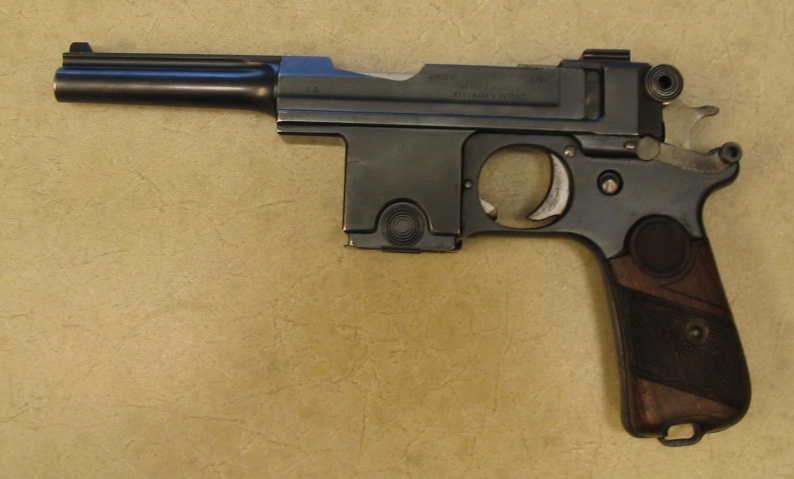
With these changes made, Denmark ordered 4,840 pistols in 1910. These guns bear two numbers, an AEP serial number in the 6,000-11,000 range located in the standard places (primarily on the front underside of the frame) and also a Danish property number from 1-4,840 stamped on the right side bridge at the read of the frame. They will also have a crown over “D” marking indication Danish acceptance and standard Belgian commercial proof marks. The Danish order was completed by 1912, and AEP continued making commercial Bergmann pistols. When World War I began and Germany occupied Belgium, they had the factory continue to produce the pistols for German use (these were in the 15,000-16,000 range of serial numbers, and did not have the Belgian proof marks). Production ended at the end of the war, but a few more guns in the 17,000 range were assembled form the remaining stock of parts.
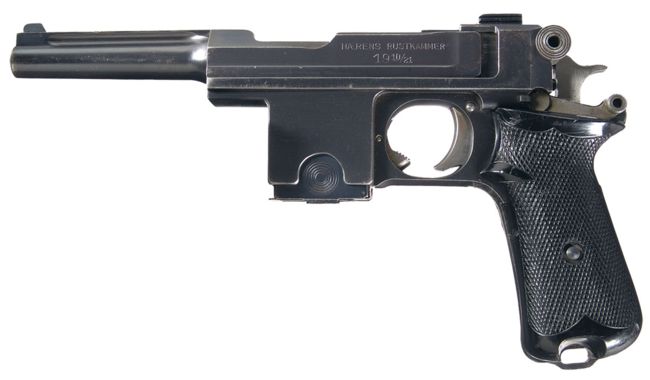
By the early 1920s, the Danish military was in need of more pistols and replacement parts for the existing ones, and was unable to get them from AEP – so they decided to produce them domestically instead. Production began in 1922, with a few more minor design changes under the designation M1910/21. These changes were a larger and stronger extractor, larger contoured grips made of Trolit (an early plastic) and replacing the sideplate catch with a screw – no significant mechanical changes. The first batch of 900 was made between 1922 and 1924, and are marked “HÆRENS TØJHUS” instead of having AEP’s name. A second batch of 1,904 pistols was made in 1924 and 25, marked “HÆRENS RUSTKAMMER”. These Danish made guns also had two different numbers; serial numbers starting at 1 and Danish issue numbers picking up at 4,840 where the Belgian guns left off.
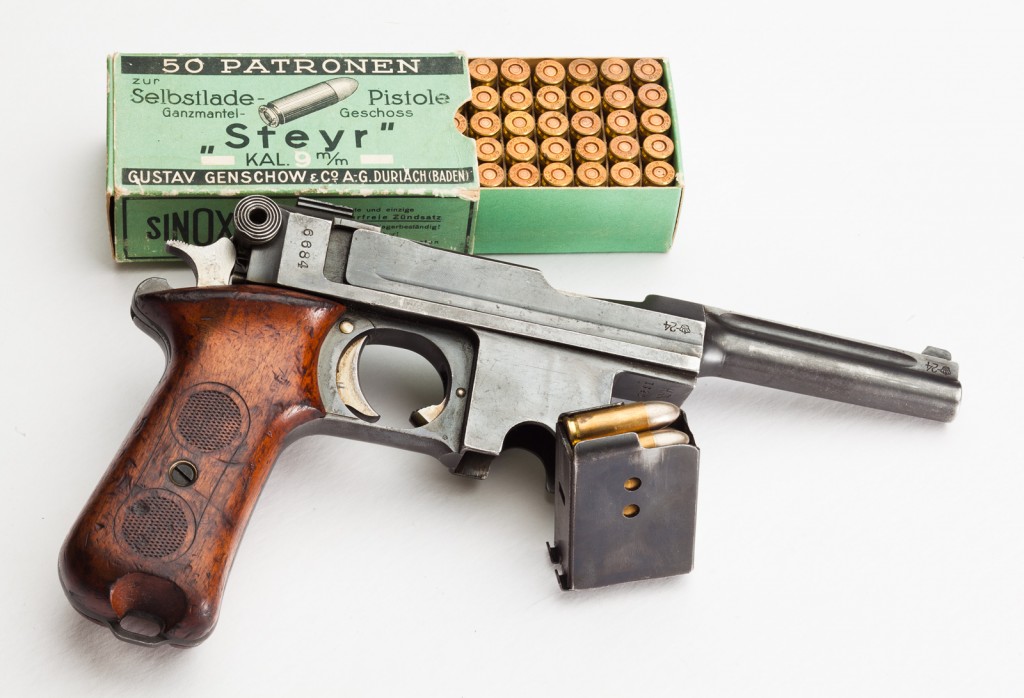
At the same time, most of the M1910 pistol in Danish inventory were refurbished and updated to the /21 configuration. My overall impressions of the Bergmann pistol are a big clouded by the aesthetic crush I have on them – I think they are a pretty darn comfortable pistol to shoot. R.K. Wilson disagrees, calling them “clumsy” and “very unhandy”. I do admit that magazine changes are slow (at least on the examples I’ve handled – the mag catch is very stiff, and removing the magazine causes the bolt to slam forward) and the 6-round capacity is a handicap. Still, they served the Danish military until 1946 (when they were replaced by the FN High Power).
Technical Specs
Caliber: 9x23mm Bergmann (aka 9mm Largo)
Weight: 36oz (1020g)
Overall length: 10.0 in (254mm)
Barrel Length: 4.0 in (102mm)
Magazine capacity: 6 rounds
Action: Short recoil
Locking System: Vertically-sliding block
Videos
I made these videos several years ago, and the shooting video has a few factual goofs in it – eventually I will have a chance to redo these with better info and in high definition. But for now, here they are:
Photos
Photos of a Bergmann-Bayard M1910/21 (click to download high-resolution copies)
References
Buffaloe, Ed. Bergmann Bayard (web site)
Ezell, Edward C. Handguns of the World. Stackpole Books, New York, 1981.
Wilson, R.K. Textbook of Automatic Pistols. Samworth, 1934 (reprinted by Wolfe Publishing, Prescott AZ, 1990).

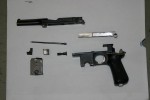
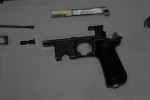
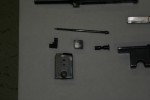
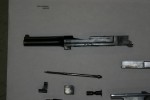
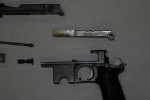
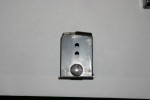
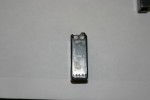
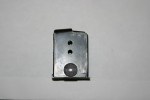
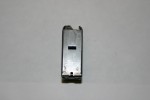
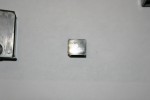
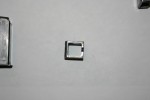
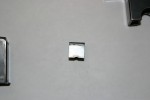
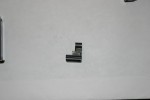
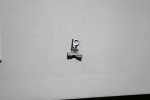
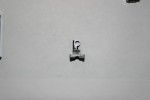
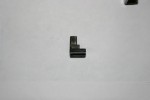
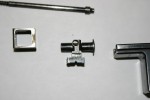
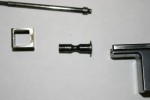
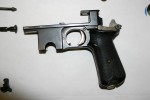
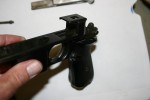
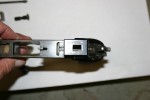
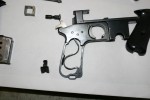
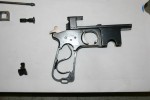
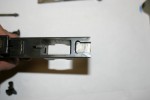
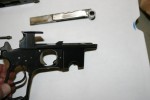
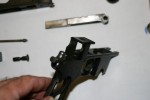
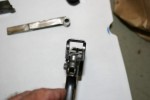
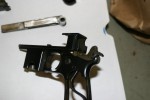
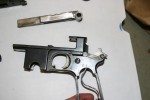
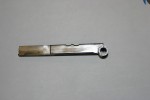
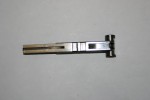
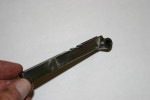
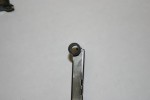
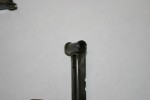
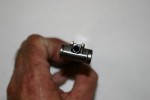
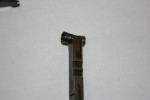
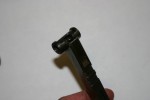
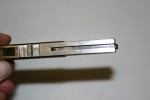
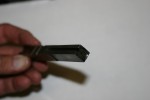
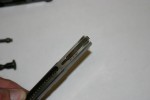
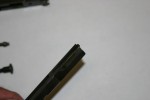
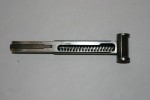
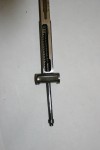
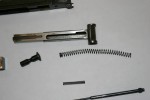
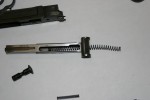
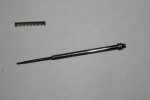
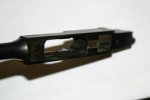
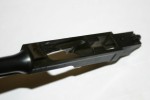
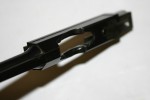
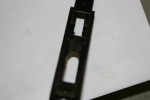
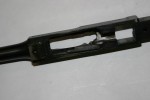
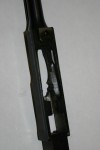
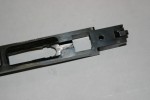
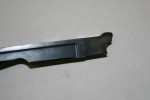
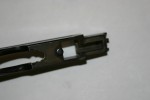
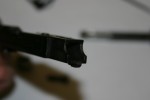
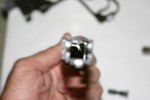
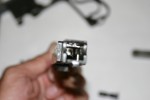
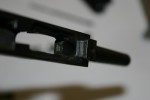
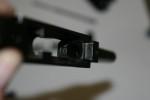
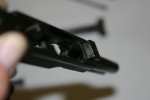
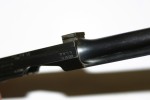
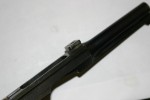
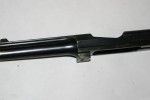
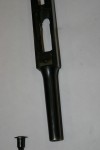
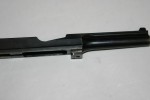
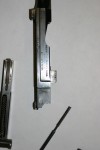
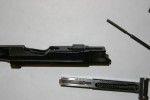
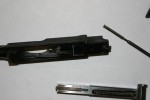
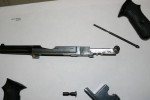
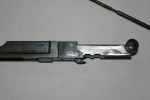
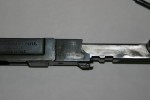
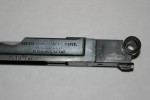
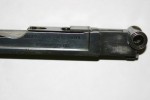
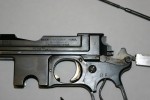
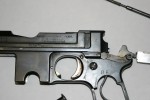
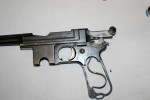
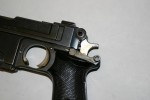
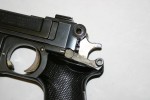
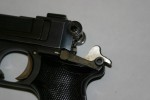
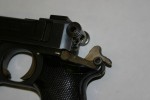
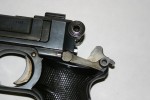
I really appreciate these videos and this website. I’ve always been fascinated by firearms, particularly those more antiquainted (yet elegant in their own right, I think) by today’s standards. I really enjoyed these videos and I’m enjoying this site so far. Thanks.
Very informative website indeed. But please do extra care for the firearm
terms. “Main Spring” is the part to give the necessary power for İmpact
Elements like Hammer, Striker, Etc., and not the part to give power for
Breechbolt to keep its place and return thereat after baçkward travel.
Hallo over there.
Really nice site and work your doing. I love the pistol too, as it was eksactly the type my grandfather stole from the germans, hidden between 2 wooden beerboxes. He had deliveret beer to the place were the luftwaffesoldiers was staying. The germans had token a lot of weapons from the danish military in 1943, an the NCO,s got thise M10/21.
Here in Denmark its very difficult to get permission to have an automatic pistol. Strangly enought this type is only ekseption, as i still got the pistol along with hylster, german belt, spare magasine and a nice family story to tell. 🙂
Sorry for my english
– Erik
Hello-
Do you where to get any more of the magazines? I have looked everywhere for both 6 and 10 shot. Would you be willing to part with one (if you have more)?
regards,
Edward
Hi there,
the Bergmann-Bayard is my favourite of the early semiauto pistols too. But I wonder why they have placed the magazine in front of the trigger.
There are three reasons mentioned in the manual: a better balance of the gun, it allows to use an easier firing mechanism and as a magazine in the grip
determines the size of the cartidge they could chose a bigger caliber if they place it outside the grip.
Are there some more reasons?
-Porteus
I have one that the sear is worn, so with one pull of the trigger it goes into full auto 🙂
I would like to thank you for your range reports, and your informative videos on disassembling these forgotten weapons.
I would also like to request a series on the Bayard M1908 pocket pistol.
Thanks,
Ray
Your information is very interesting. In fact, it’s the reason I bought a Bergmann-Bayard to go with all my other “stuff”. Now, looking for magazines, holsters, and whatever else this pistol needs. Any suggestions on where to find?
thank you,
charlie
Hi charlie martin
Send me a email . And will send some info about bergmann 1910 .
Br. Brian johansen
brian.eurofireworks@gmail.com
Hi , charli martin
You can send me youers email ard. So I can send info to you about all the thing for bergmann 1910 and 1910/21
Br. Brian johansen
Brian.eurofireworks@gmail.com
My favorite early semi-auto pistol is the Bergman-Bayard,too!
They’re sleek,powerful,and awesome as all hell.
What would be cool is if this site did a video and article on the Schouboe M1907.
Alas,they’re pretty rare,though.
Help!
Still need magazine(s) for my Bergman Bayard.
Thank you
Charlie
I would suggesting contacting Simpson Ltd (see their banner on the right side of the page) – they may have some squirreled away in a drawer that aren’t listed on their web site.
Incase you have not found the mags ask me. I have some.
Thank you,
what capacity magazines, and what price are they?
charlie martin
Hi they are normal-size mags. 100 usd per piece. Also got lanyard, clip, two holsters and a cleaningrod.
SVaaka,
are you there, or on assignment in the Congo??
charlie no mags!!
bergmann
Hi sure I am, we´re waiting for Mr Putin 🙂 Take contact via SVaaka@yahoo.com.
I am online most of the local time and check every now and then. I case need photos I have them too from all of the stuff. All accesoiries are of danish origin and in varibale condition.
Mr Seppo Vuolijoki
Oulu
Finland
Am proud owner of 1910/21 that is in excellent shape w/wood grips. Shows no signs of being reblued but has brass trigger, rear site, hammer, mag release, mag base ,all numbers match
Have10/21 with holster,but need extra magazine and cleaning rod would appreciate info as to where these might be found – price not an object
Bob did you have any luck finding mags for this?
Sir,
Has there been a 3D scan of this pistol?
Scan of the parts?
Thank you,
James
24 Aug 2018
Gentlemen –
Don’t know if this link is still active in 2018 but checking in
as a new owner of a Belgium-made Bergmann Bayard model 1910/21.
It has the Trolit black grips and I’m trying to buy a set of the
Danish retrofit wooden grips. The double-circle version is preferred but plain wood is fine.
My email here in the US is: netfall1900@protonmail.com
best regards,
Scott Archer
Arizona, USA
Also a bit late, but if you are still searching :
Contact Huntershouse.dk in Copenhagen/Denmark and ask.
I just picked up an early Danish M1910. Really nice exterior but was fired a lot. The cocking stud and hammer are both very worn and it doesn’t want to cock when the bolt is pulled back. No problem manually cocking it. Not sure if that is normal on the earlier M1910 or if I need to look for a new hammer.
Thanks,
Eric
There is a very rare variation of the 1921 model in Denmark : The resistance fighters “Scrapjack”. I confess I just came up with that name but it describes it quite well.
The story goes : After Denmark was occupied in 1940 and the police and army was dis-armed , workers at one or both places where the gun was made (Tøjhuset and Rustkammeret) , cobbled together Bergmann´s from assorted parts.
Rejected, parts liberated from storerooms and possible also covertly manufactured parts in the shops (no numbering on parts) while these was under German watch.
According to legend about 100 was made and distributed to the Danish resistance but no one will ever know. I have not been able to source some better info.
I have one, without any serial number in any parts including the magazine.
The slide is marked with factory name but the barrel does not have the upside-down year of manufacture on the front sightblade.
Its was finished in the “white” and over the years aquired and spotted rust-brown color. The surface on the outside is more crude and bear machining marks, since it was not polished as a normal finished Bergmann. The grips are the large wooden ones and have smooth surfaces.
The fit of the parts are bad :The slide hard and cranky to pull and the trigger is stiff and even more nasty than a correct finished Bergmann.
The gun is registered on a collectors license despite the lack of numbering.
The weapons office and I really had to work on that one!